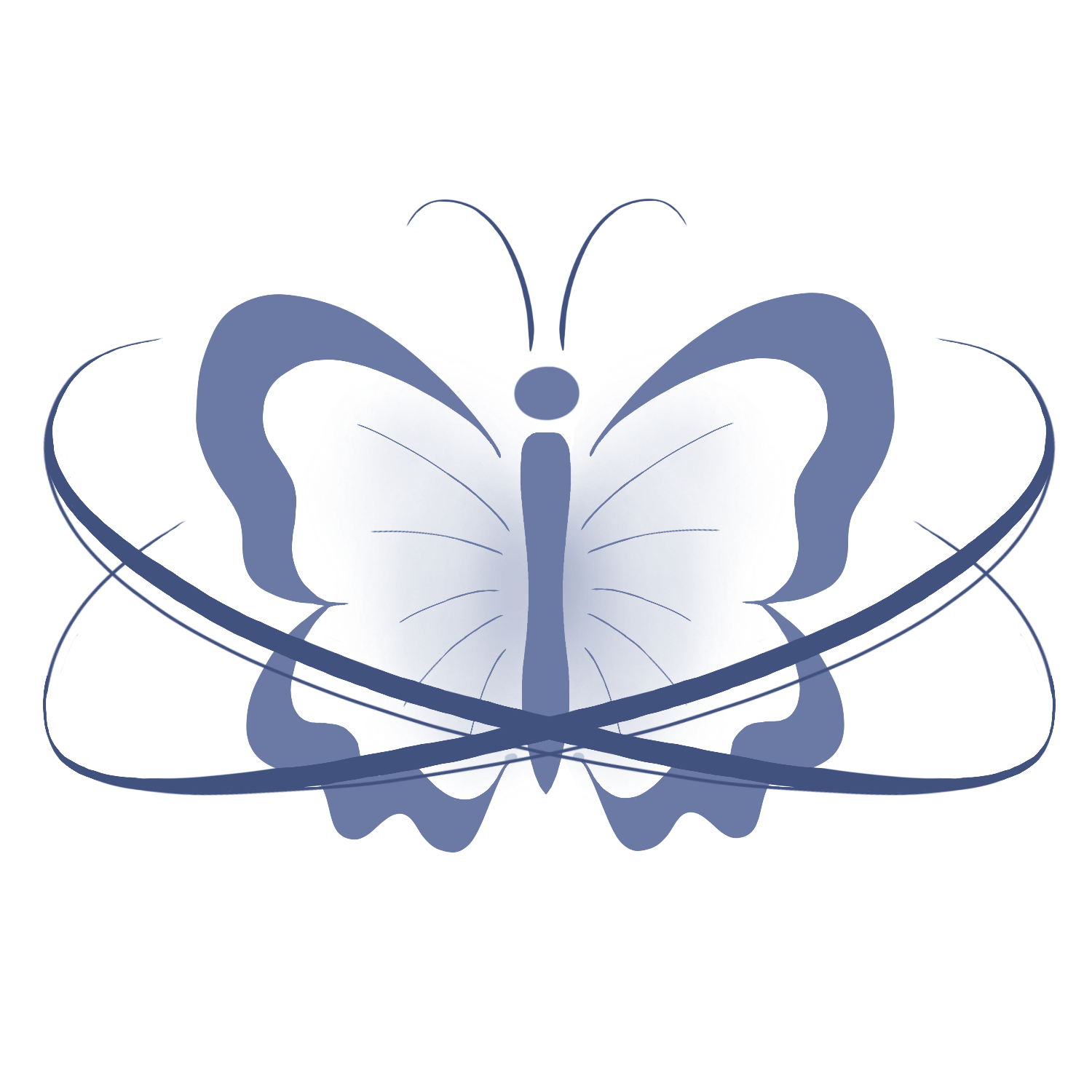Role: UX Research & Design Intern
Team: 2 UX Designers, 7 Software Developers
Timeline: 7 months (May – December 2024)
Tools: Figma, Miro
01. Overview
Brunswick Corporation is a global leader in marine recreation that's defining the future of boating. As part of its mission to push innovation, the Brunswick Boating Intelligence (BI) DesignLab is a student innovation center that conceptualizes and develops next-generation technologies to enhance boating. Our team was tasked with creating an intelligent human-machine interface (HMI) that could both act as a tour guide that entertains passengers as well as provide timely safety information to captains.
THE PROBLEM
Captains and passengers have different information needs at various parts of their boating experience. Captains desire relevant information about vessel status, passenger whereabouts, and nearby dangers, while passengers want to enjoy the boating experience and their surroundings with occasional insights about what's around them.
OUR SOLUTION
An AI-powered boating assistant that uses digital interfaces, audio, and lighting to communicate tailored information to its various target users. Captains are provided with relevant vessel, route, and passenger updates as they arise, carefully avoiding information overload, while passengers enjoy an engaging, tour-style experience that highlights nearby marine life and environmental surroundings.
02. Prototype
Due to signing a nondisclosure agreement, I am unable to share early iterations and details of my design process. However, after three rounds of user testing and many ideation sessions, our team developed a final prototype that was taken to the 2025 Consumer Electronics Show in Las Vegas, NV!
BREAKING IT DOWN
The final design consists of three interfaces with different layouts depending on 1) who's looking at them, and 2) what information they need.
03. Reflection
This was my first experience working as a UX design intern, and one of my biggest takeaways was that design isn’t a straight path—it’s a messy, iterative process. Rather than trying to nail a design on the first try, constant feedback and testing showed me that refining and reworking is always part of the job. Working with developers was also a new challenge, and I had to learn how to communicate my ideas while also understanding technical constraints. But, in the end, seeing the final design come to life and get shipped was one of the coolest moments ever! Overall, this experience taught me that great design doesn’t happen in a vacuum—it takes collaboration, flexibility, and a lot of trial and error.
